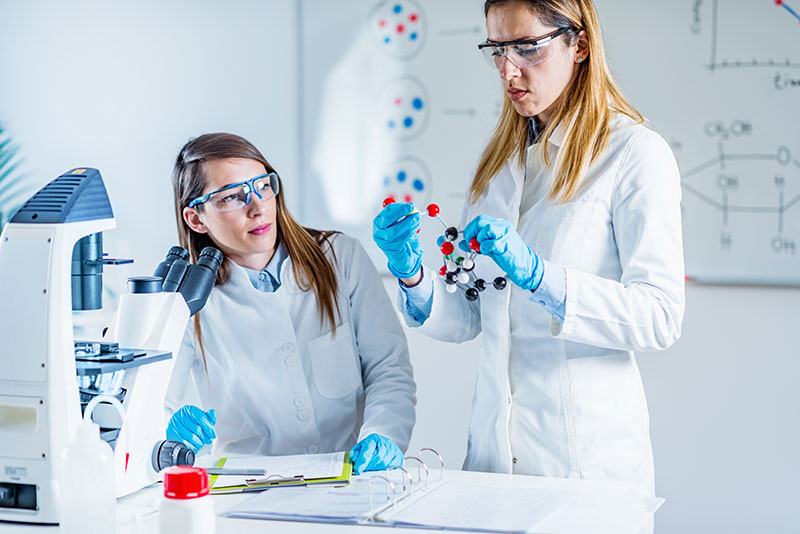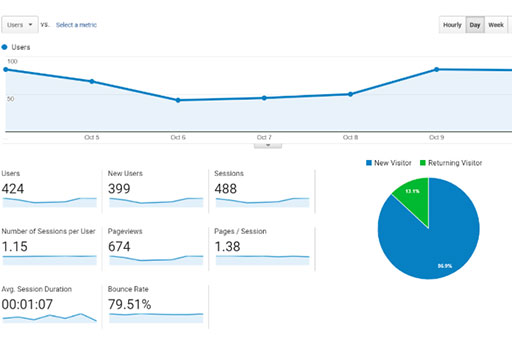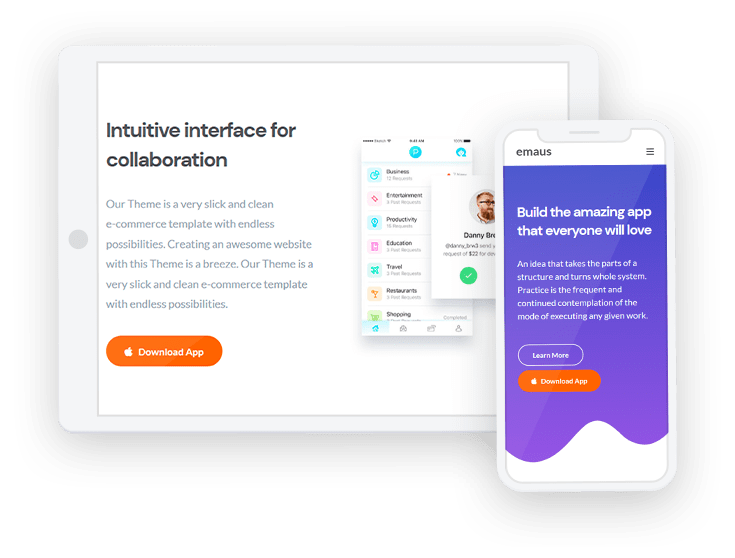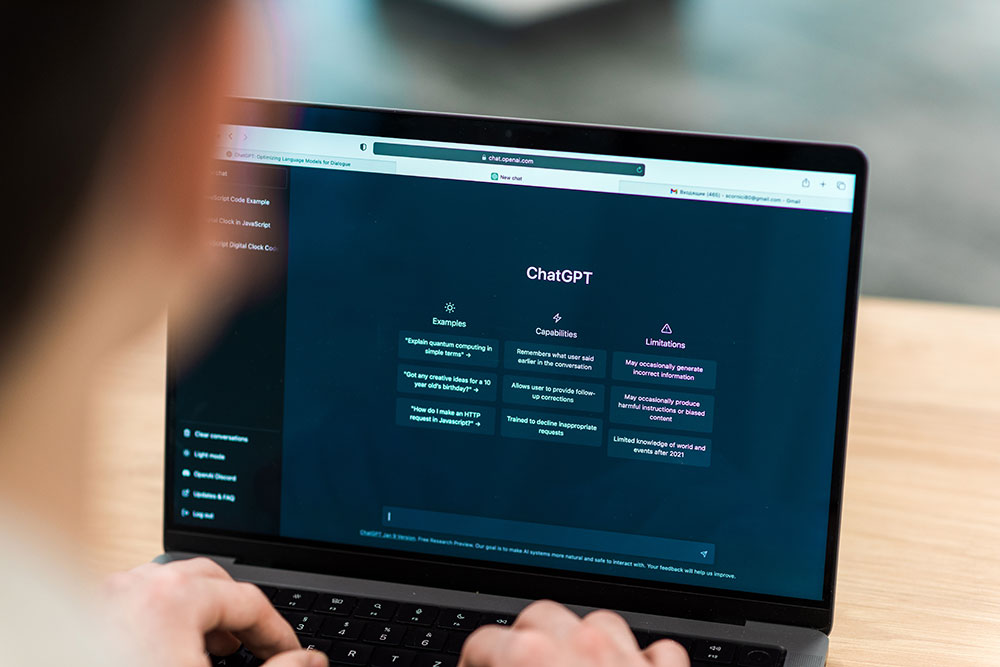Revolutionizing Cell Analysis with Machine Learning
Explore our groundbreaking approach to revolutionizing cell analysis with machine learning. Witness how we are transforming traditional methods into cutting-edge solutions for better insights and precision.
About the Industry
Going by the general definition, Life Sciences Industry encompasses the field of biotechnology, biomedical technology, healthcare, food processing, and biomedical devices & technologies. The industry is well known for its regulatory frameworks and the stringent guidelines, that are meant to overcome the complexity of the critical programs.
As per the latest trends, the industry is getting inclined more towards global regulatory procedures. The regulations allow the organizations to unify their solution with the global system, which in turn improves the efficiency. Technology-wise, Artificial Intelligence, Virtual & Augmented Reality are helping in formulating and commercializing intelligent applications. The research and development cell are also adopting the solutions that are powered by data. The exhaustive usage of data and its analysis using techniques like Machine Learning is bringing out the insights that are impacting the business outcomes favorably.
About the Client
Our client is a government recognized research firm, actively involved in the research and analysis of the cells and biological sample molecules. The organization serves as the national repository of animal cells and has provided valuable services towards the research, development, and support through teaching and subject-focused training. The high-profile research of our client has found places in journals and editorials of internationally reputed firms. Stem Cells and its regeneration, analysis of cellular response, the study of diseases and micro-organisms, and study of cellular components are some of the areas where the organization has delivered remarkable research results. The organization focuses on integrating the conventional solution with the modern computational frameworks. For more and better research collaborations, the client is signing the MoU’s with many foreign universities and research firms that are into the biotechnology and research-oriented academics.
The Business Challenges
Our client was facing the following challenges in their business operations: –
- Finding and analyzing the minute particles from a given sample was not an easy task.
- Existing research methodology was inadequate and lacked in-depth approach.
- The accuracy of the existing algorithm was unable to match the business expectations.
- Lack of interactive 3-D visualization hindered the cross-examination of the particles under examination.

DO MORE WITH BIZMETRIC
The Business Solution
- We received the “movies “of the samples and ran the motion-corrected technique on them, post which, the motion-corrected frames were obtained as an output. Further, we studied the “motion-corrected” images of the sample. This feature helped fix the particle under study and discarded those that were irrelevant.
- Once the motion-corrected image is obtained, we did CTF Estimation. This technique runs the Fourier Transformation Algorithm and selects the best images. Post image selection, CTF Assessment rules out the images not required. With the final selection of the images, the particle picking process is started using a unique technology. This technology helps in picking the particles from the selected images.
- Later, we conducted particle extraction steps that extracted the particles one by one. The stacks were created of the extracted particles. The 2-D clustering process selects the best form of the image. Post 2-D clustering, a tool is deployed to select best out of the best image.
- The next process is the beautification, where the contrast of the image is improved and optimized for the further process. In stack subset, the beautified images are stacked. Post this process, the initial 3-D Model is created. We also run the K Nearest Neighbor that clubbed all the views and produces the uniformed 3-D representation. The last step of the entire process is the 3-D refinement, where the final and the best image is obtained.

Key Results
- 90% accuracy in automated particle picking is achieved, resulting in the formation of 3-D models with high precision.
- The entire process of the 3-D representation is automated, thereby leading to the removal of manual anomalies.
- The replacement of manual operations with the automated ones resulted in the reduction of overall processing time.
- The creation of 3-D Model ensures better visualization with unmatched clarity.

For Machine Learning Services
Looking for similar solutions
Talk to our Experts





